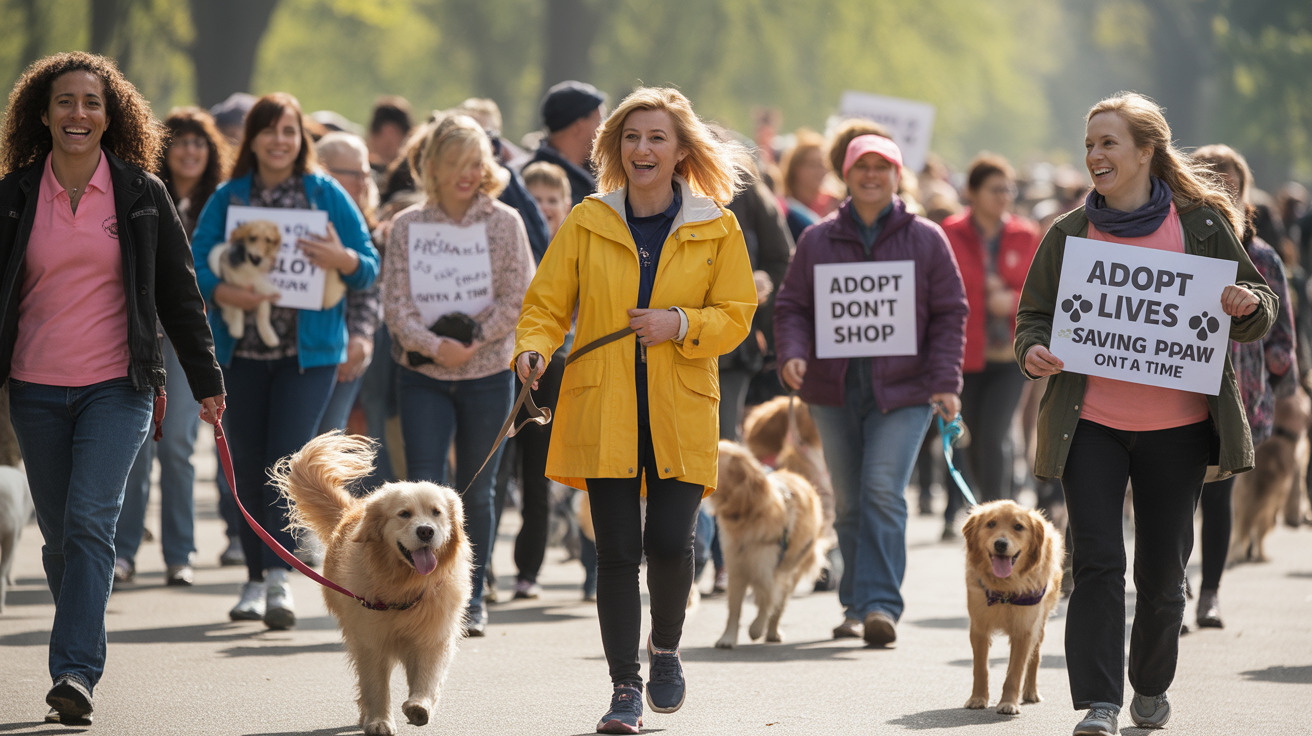Understanding the Best Treatments for Dog Anxiety
Many pet owners struggle with finding the best way to ease their dogs' anxiety. Whether it’s due to separation, thunderstorms, or unfamiliar environments, recognizing and treating anxiety in dogs is essential for their well-being. One pharmaceutical option commonly prescribed is Hydroxyzine, an antihistamine that also possesses sedative properties. While it's not the first-line treatment for anxiety in dogs, it can be used under veterinary supervision as part of a broader strategy.
What Is Hydroxyzine?
Hydroxyzine is a first-generation antihistamine originally developed for humans but often prescribed off-label for dogs. It works by blocking histamine receptors, reducing allergy symptoms, and providing mild sedative effects.
Hydroxyzine’s Uses in Dogs
- Treatment of allergic reactions such as itching, hives, and rashes
- Management of atopic dermatitis and allergic skin diseases
- Relief from insect bites, stings, and vaccine reactions
- Mild control of motion sickness and nausea
- Used as a mild sedative for anxiety-related behaviors
Because of its soothing effect on the nervous system, hydroxyzine may help dogs experiencing anxiety, especially if that anxiety interferes with sleep or is linked to allergic discomfort.
How It Works for Anxiety
Hydroxyzine’s tranquilizing effects stem from its ability to suppress activity in the central nervous system. In dogs, this can reduce symptoms of mild anxiety, especially when used in specific scenarios like car travel or vet visits.
Dosage Guidelines
The dosage is usually 1–2 mg per pound of body weight (approximately 0.5–2 mg/kg), administered every 6 to 12 hours as prescribed. Hydroxyzine can be provided with or without food, though giving it with food might help avoid stomach upset. Always follow your veterinarian’s dosing instructions carefully.
Forms and Administration
Hydroxyzine is available in the following formats:
- Tablets
- Capsules
- Oral liquids
Veterinarians may offer compounded liquid forms for smaller dogs. Make sure liquids are well shaken and measured correctly with a syringe or dosing device. Avoid using household spoons.
Effectiveness and Individual Response
Although hydroxyzine can help dogs with allergies and mild anxiety, its effectiveness varies:
- Some dogs experience significant relief
- Others show minimal change in anxiety symptoms
- Chronic anxiety may need alternative medications like Apoquel, Cytopoint, steroids, or behavioral therapy
An individualized approach is critical. Reactions can vary based on breed, health condition, and other factors.
Onset and Duration
Hydroxyzine usually starts working within 1–2 hours of administration and lasts for 6 to 12 hours. It may last longer in dogs with liver or kidney disease.
Possible Side Effects
While most dogs tolerate hydroxyzine well, side effects can include:
- Drowsiness or sedation (most common)
- Dry mouth or increased thirst
- Constipation or digestive upset (vomiting/diarrhea)
- Hyperexcitability or tremors (rare)
- Loss of appetite
- Seizures or difficulty urinating – seek immediate care
Precautions and Contraindications
Hydroxyzine should not be given to dogs with:
- Allergy to hydroxyzine or cetirizine
- Glaucoma
- Heart or kidney disease
- Seizure disorders
- Pregnancy or lactation
- Young, elderly, or working dogs, due to sedative effects
Drug Interactions to Watch Out For
Hydroxyzine may interact with:
- Other CNS depressants (e.g., diazepam, alprazolam)
- Anticholinergic drugs (e.g., atropine)
- Epinephrine
Such combinations can amplify side effects or reduce effectiveness. Always inform your vet about all other medications and supplements.
What To Do in Case of Overdose
Signs of overdose may include:
- Extreme drowsiness or agitation
- High body temperature
- Loss of muscle coordination
- Seizures or collapse
Seek emergency veterinary help immediately if overdose is suspected.
Storage Tips
Store the medication at room temperature, away from light and moisture. Follow your vet’s instructions, especially for customized liquid forms.
Additional Considerations
A few other points to remember:
- Hydroxyzine is not typically the first-line treatment for anxiety
- Its primary use remains focused on allergic conditions
- Other medications like fluoxetine, trazodone, or clomipramine are often better for long-term behavioral treatment
- Do not administer hydroxyzine without consulting a veterinarian
Proper diagnosis and guidance are essential to ensure your dog’s anxiety is managed safely and effectively.
Conclusion
Hydroxyzine can be part of a veterinarian-supervised plan to relieve anxiety in dogs, particularly when related to allergies or specific situational stressors. However, it may not be the most effective long-term solution on its own. Pay close attention to your dog’s behavior, consult your vet regularly, and explore alternative or supplementary approaches for optimal care.





